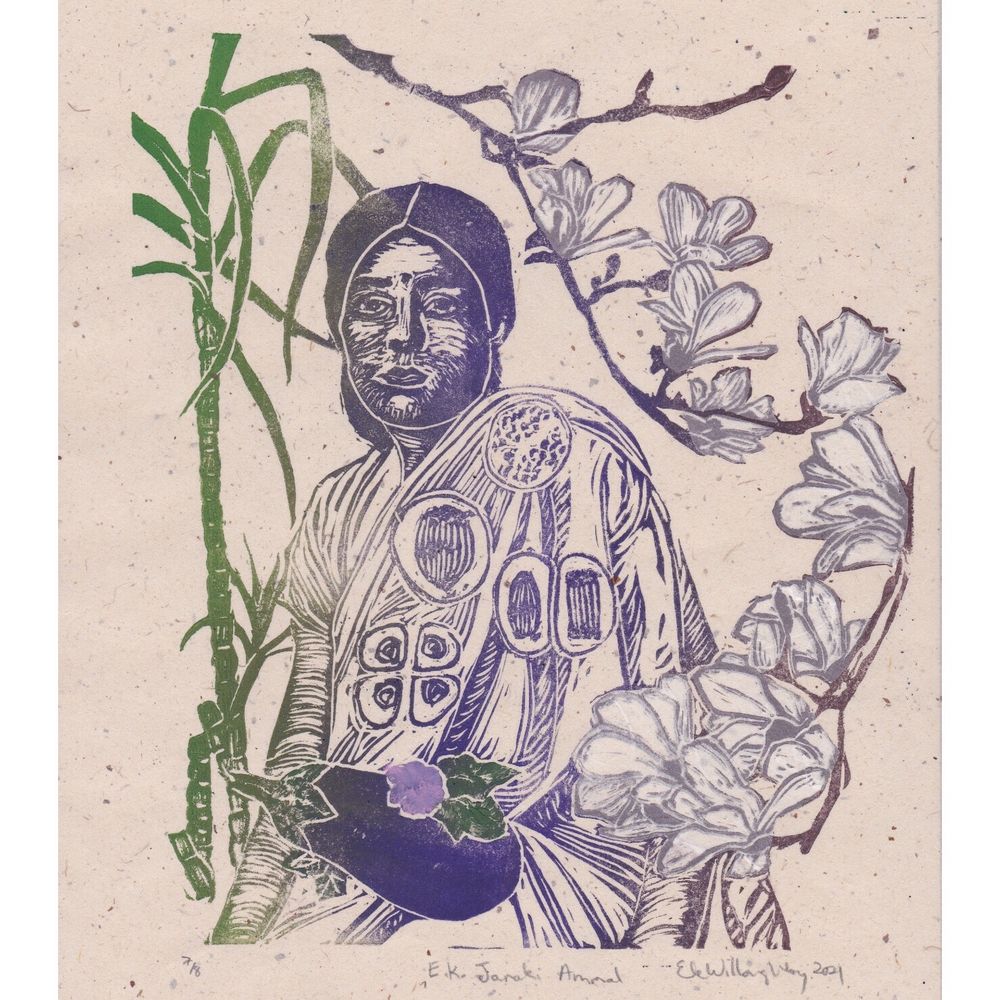
cornell eeb '19
🇮🇳
I will be presenting preliminary data from my PhD thesis chapter on bumble bee behavior under pesticide exposure and thermal stress 🐝🌡️

I will be presenting preliminary data from my PhD thesis chapter on bumble bee behavior under pesticide exposure and thermal stress 🐝🌡️
Each award provides $1,500 to support graduate student research across the botanical sciences.
For more information, visit: botany.org/home/awards/...
#BSA2025AwardsBlitz #IamaBotanist #BSAGSRAs



www.pbs.org/video/the-ho...

#Foraging Under Fire: A #robotic flower system incorporating multimodal signaling and aversive stimuli
Joshua Foley , Skylar Mathieson , David Zollinger , Melissa R L Whitaker
doi.org/10.1093/icb/...
#pollinators #bees #insects #research #scientists

#Foraging Under Fire: A #robotic flower system incorporating multimodal signaling and aversive stimuli
Joshua Foley , Skylar Mathieson , David Zollinger , Melissa R L Whitaker
doi.org/10.1093/icb/...
#pollinators #bees #insects #research #scientists
Submit to our special issue in Enviro Ent: Plant Volatiles in Insect Pest Management and Sustainable Agriculture. MS drafts due Aug '25, anticipated pub. Feb '26; DM for details!
@entothompson.bsky.social
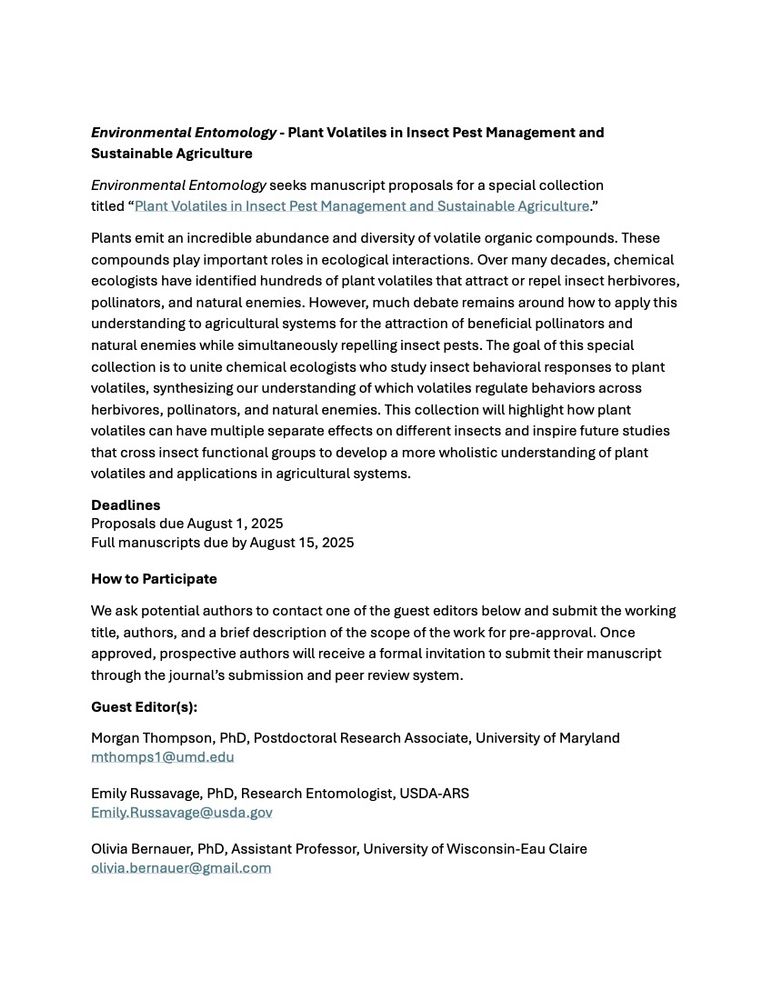
Submit to our special issue in Enviro Ent: Plant Volatiles in Insect Pest Management and Sustainable Agriculture. MS drafts due Aug '25, anticipated pub. Feb '26; DM for details!
@entothompson.bsky.social
Insects from the '70s and '80s were already collecting microplastic, decades before the term microplastic even existed. 🤯
A thread on the surprising history of this pollutant and the incredible insect larvae that helped us uncover it. 🐛
Let's dive in! 🧵👇 1/x
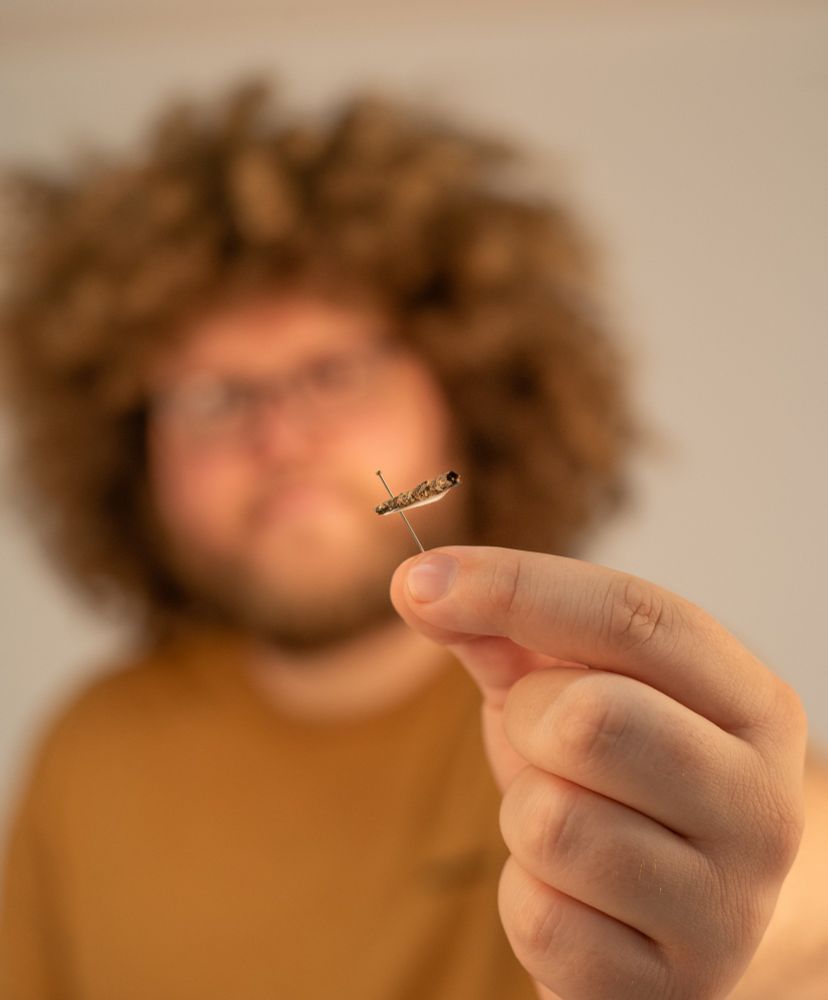
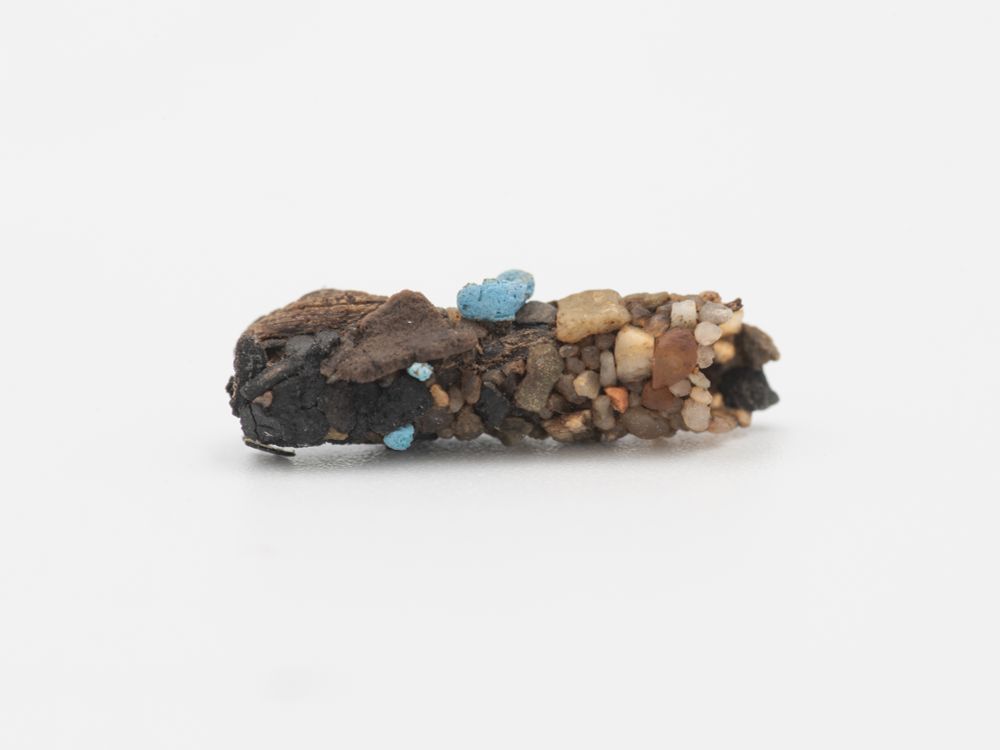
Insects from the '70s and '80s were already collecting microplastic, decades before the term microplastic even existed. 🤯
A thread on the surprising history of this pollutant and the incredible insect larvae that helped us uncover it. 🐛
Let's dive in! 🧵👇 1/x
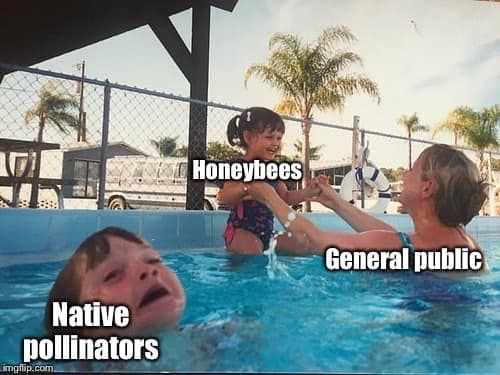
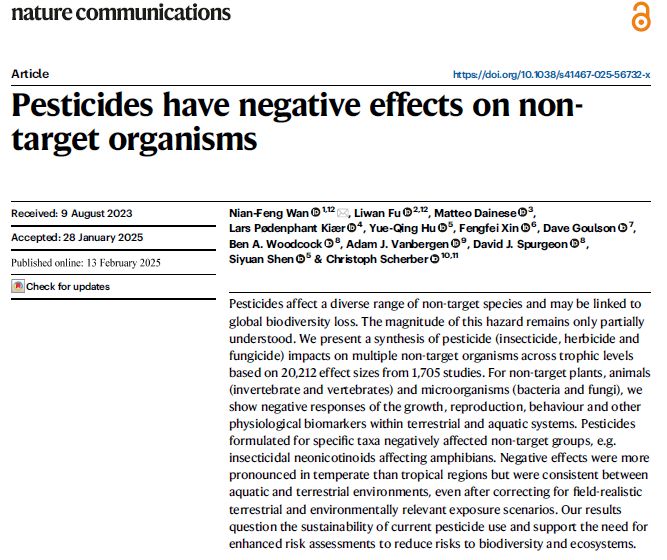

新年快樂, 萬事如意!祝大家今年「蛇」麼都好, 「蛇」麼都順!
(+ Enjoy this stunning photo taken by Andreas Kay of a Snake-mimic caterpillar, Hemeroplanes triptolemus. flic.kr/p/FKqQA4 - cus bugs are just awesome like that 😎)
#LunarNewYear #YearoftheSnake #Bugsky

新年快樂, 萬事如意!祝大家今年「蛇」麼都好, 「蛇」麼都順!
(+ Enjoy this stunning photo taken by Andreas Kay of a Snake-mimic caterpillar, Hemeroplanes triptolemus. flic.kr/p/FKqQA4 - cus bugs are just awesome like that 😎)
#LunarNewYear #YearoftheSnake #Bugsky
Read more about all this reseach here: onlinelibrary.wiley.com/doi/10.1111/...

Read more about all this reseach here: onlinelibrary.wiley.com/doi/10.1111/...


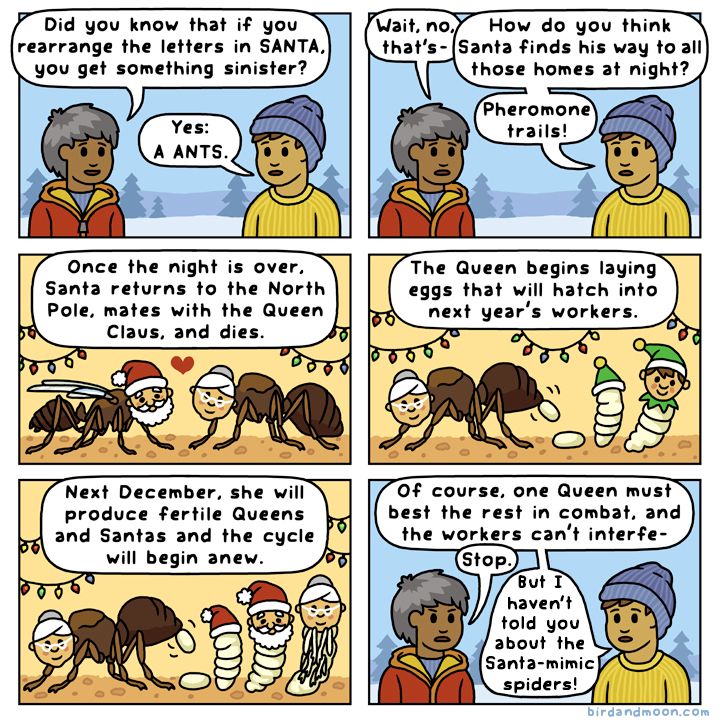
Apply here: docs.google.com/forms/d/e/1F...
Apply here: docs.google.com/forms/d/e/1F...
This one didn’t even try to hide it. You can see labels stating origin country and collection date. 1/9


This one didn’t even try to hide it. You can see labels stating origin country and collection date. 1/9
Pollinator ecotoxicology edition:
Not just insecticides, but also other pesticides like fungicides and herbicides can hurt bees! Even organic ones!
Ants often act like inefficient goofballs. They got lost, accidentally drop their good and walk in circles trying to find it but eventually give up and go home, half of the ants in a nest just sit there 24/7 and do absolutely nothing.
A lot of people in positions of power got their promotions because they were behaving badly.
In sexual harassment cases, institutions use promotions as a way to retain the perpetrator and separate them from their primary victim.
Pollinator ecotoxicology edition:
Not just insecticides, but also other pesticides like fungicides and herbicides can hurt bees! Even organic ones!


